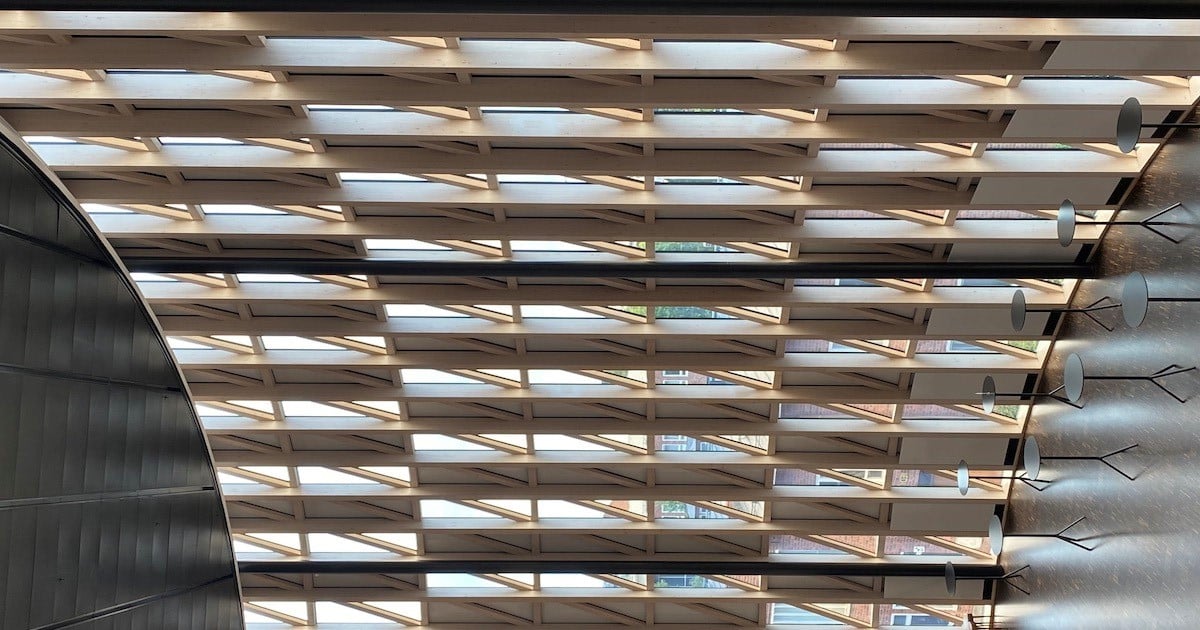Timber Buildings - Design for the Future
A special issue of Buildings (ISSN 2075-5309). This special issue belongs to the section "Architectural Design, Urban Science, and Real Estate".
Deadline for manuscript submissions: closed (30 January 2024) | Viewed by 10678

Special Issue Editors
Interests: sustainable architecture; energy-efficiency of buildings; architectural construction; regenerative building design; environmental assessment of buildings
Special Issues, Collections and Topics in MDPI journals
Interests: timber buildings; structural analysis; energy-efficiency of buildings; hybrid timber buildings
Special Issues, Collections and Topics in MDPI journals
Special Issue Information
Dear Colleagues,
In light of climate change, the world is facing increasing challenges in adapting building design to the current and future situation. Among the possible solutions, timber buildings have proven to be one of the best ways to respond to the existing challenges. As a result, it can be noted that in many countries of the world, where wood is treated as a sustainable material, a trend towards the construction of timber buildings has been observed in recent decades. However, the latter is possible thanks to advances in engineering sciences and timber construction technologies. Despite the growth and numerous advantages of timber construction, there is still much potential for the future in the development of timber buildings—both new and those that need to be renovated in line with modern trends and requirements. In order to achieve a high level of quality, many interdisciplinary areas such as architectural design, structural design, energy efficiency, environmental impact assessment, and also the social aspect of a sustainable timber building design approach need to be discussed and researched in more detail.
Within this framework, this Special Issue proposes a series of research papers from the above research areas that deal with the design of timber buildings for the future.
We welcome the submission of original research papers focusing on this field.
We look forward to receiving your contributions.
Prof. Dr. Vesna Žegarac Leskovar
Prof. Dr. Miroslav Premrov
Guest Editors
Manuscript Submission Information
Manuscripts should be submitted online at www.mdpi.com by registering and logging in to this website. Once you are registered, click here to go to the submission form. Manuscripts can be submitted until the deadline. All submissions that pass pre-check are peer-reviewed. Accepted papers will be published continuously in the journal (as soon as accepted) and will be listed together on the special issue website. Research articles, review articles as well as short communications are invited. For planned papers, a title and short abstract (about 100 words) can be sent to the Editorial Office for announcement on this website.
Submitted manuscripts should not have been published previously, nor be under consideration for publication elsewhere (except conference proceedings papers). All manuscripts are thoroughly refereed through a single-blind peer-review process. A guide for authors and other relevant information for submission of manuscripts is available on the Instructions for Authors page. Buildings is an international peer-reviewed open access monthly journal published by MDPI.
Please visit the Instructions for Authors page before submitting a manuscript. The Article Processing Charge (APC) for publication in this open access journal is 2600 CHF (Swiss Francs). Submitted papers should be well formatted and use good English. Authors may use MDPI's English editing service prior to publication or during author revisions.
Keywords
- timber buildings
- design for the future
- architectural design
- structural design
- energy efficiency
- environmental impact assessment
- social aspect of sustainable design
Benefits of Publishing in a Special Issue
- Ease of navigation: Grouping papers by topic helps scholars navigate broad scope journals more efficiently.
- Greater discoverability: Special Issues support the reach and impact of scientific research. Articles in Special Issues are more discoverable and cited more frequently.
- Expansion of research network: Special Issues facilitate connections among authors, fostering scientific collaborations.
- External promotion: Articles in Special Issues are often promoted through the journal's social media, increasing their visibility.
- e-Book format: Special Issues with more than 10 articles can be published as dedicated e-books, ensuring wide and rapid dissemination.
Further information on MDPI's Special Issue polices can be found here.






